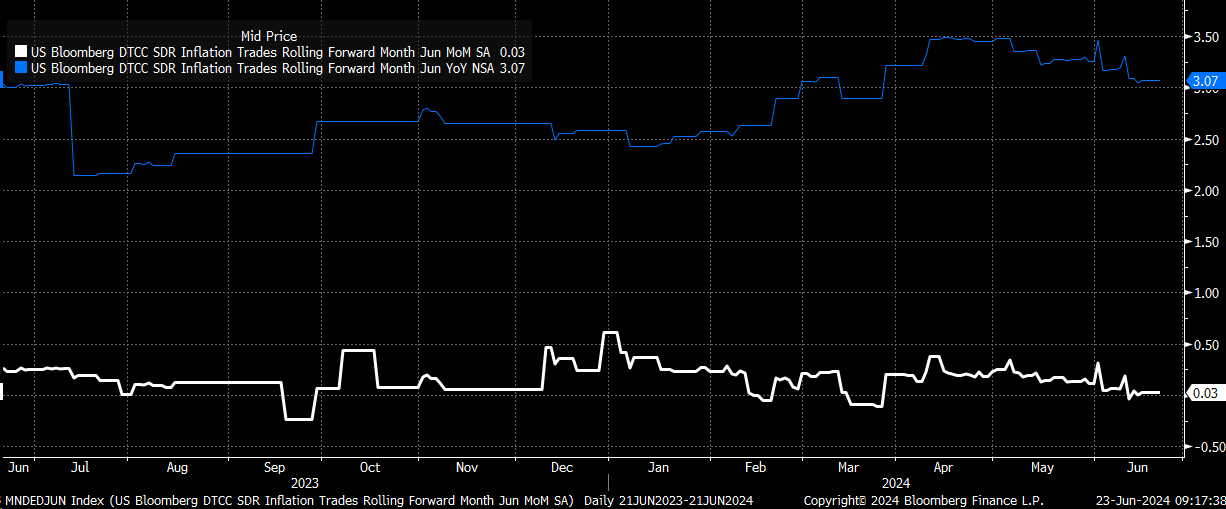
Newsletter Subscribe
Enter your email address below and subscribe to our newsletter

Enter your email address below and subscribe to our newsletter


The Federal Reserve will monitor inflation closely as the U.S. enters the last week of the second quarter.
Here are some key points to keep in mind this week:
As we enter the last week of the second quarter, all eyes are on inflation for any signs of sustained increases or potential transitory trends. The Federal Reserve has repeatedly stated that they view current inflation as temporary and expect it to subside as supply chains adjust and demand stabilizes. However, recent data may challenge this narrative.
The Fed’s preferred measure of inflation, the personal consumption expenditures (PCE) price index, rose by 3.9% year-over-year in May. This was higher than economists’ expectations and marked the fastest pace since August 2008. The core PCE price index, which excludes volatile food and energy prices, also rose by 3.4% year-over-year in May – the largest increase since April 1992.
The surge in inflation is largely attributed to the economic rebound from the pandemic, supply chain disruptions, and rising commodity prices. As businesses reopen and consumers resume spending, demand for goods and services has far outpaced supply, leading to price increases.
Additionally, global supply chain disruptions have caused shortages and higher costs for raw materials, further contributing to inflationary pressures.
What does this mean for the Fed and its monetary policy decisions? Some economists believe that continued high inflation could lead the Fed to consider tapering its bond purchases or even raising interest rates sooner than expected.
However, others argue that it is still too early to make any significant changes to monetary policy and that the Fed will continue on its path of keeping interest rates low until there is sustained improvement in employment and economic growth.
As we approach the end of Q2 and look ahead to the second half of the year, it will be important to closely monitor inflation data and how it may impact the Fed’s decisions. Investors and consumers alike will be keeping a close eye on any potential changes in monetary policy and how they may affect financial markets and the overall economy.
If you want to read more such trending world-wide news theck checkout other articles of TheWhistlerNews.